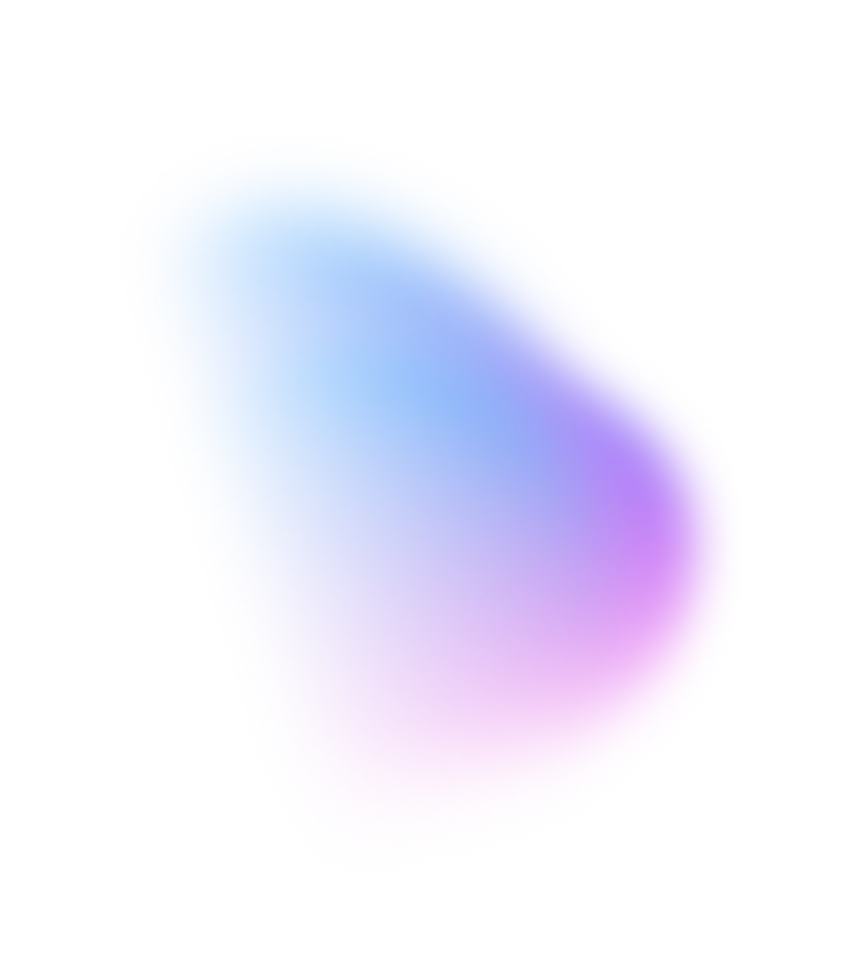The Evolutionary Leap in the World Wide Web
The digital landscape is witnessing a transformative shift from Web 2.0 to Web 3.0, marking a significant evolution in how we interact with the internet.

The Evolutionary Leap in the World Wide Web
The internet has come a long way since its inception, evolving through various stages to become an integral part of our daily lives. Today, we stand on the brink of a new era: the transition from Web 2.0 to Web 3.0. This shift promises to revolutionize the way we interact with the digital world, bringing about unprecedented changes in technology, user experience, and data management.
Understanding Web 2.0
Web 2.0, often referred to as the “social web,” marked a significant departure from the static, read-only nature of Web 1.0. It introduced dynamic content, user-generated contributions, and social networking. Platforms like Facebook, Twitter, and YouTube became central to our online interactions, allowing users to create, share, and collaborate on content. This era democratized information, giving rise to a more connected and participatory internet.
The Dawn of Web 3.0
Web 3.0, also known as the “semantic web” or “decentralized web,” represents the next evolutionary leap. It aims to create a more intelligent, autonomous, and open internet. Here are some key features that define Web 3.0:
- Decentralization: Unlike Web 2.0, which relies on centralized servers and databases, Web 3.0 leverages blockchain technology to distribute data across a network of nodes. This decentralization enhances security, reduces the risk of data breaches, and eliminates the need for intermediaries.
- Semantic Understanding: Web 3.0 aims to make the internet more intuitive by understanding the context and meaning of information. This is achieved through advanced algorithms and AI, enabling more accurate search results, personalized recommendations, and seamless interactions.
- Enhanced Privacy and Security: With data breaches becoming increasingly common, Web 3.0 places a strong emphasis on user privacy and security. Blockchain technology ensures that data is encrypted and stored securely, giving users greater control over their personal information.
- Interoperability: Web 3.0 promotes interoperability between different platforms and applications. This means that users can seamlessly transfer data and assets across various services without being locked into a single ecosystem.
- Tokenization and Digital Assets: The rise of cryptocurrencies and non-fungible tokens (NFTs) is a hallmark of Web 3.0. These digital assets enable new forms of value exchange and ownership, opening up opportunities for creators, investors, and users alike.
The Impact on User Experience
The transition to Web 3.0 is set to transform user experiences in profound ways. Here are a few examples:
- Personalization: With a deeper understanding of user preferences and behaviors, Web 3.0 can deliver highly personalized content and services, enhancing user satisfaction and engagement.
- Trust and Transparency: Blockchain’s immutable ledger ensures transparency in transactions and interactions, fostering trust between users and service providers.
- Empowerment: Web 3.0 empowers users by giving them control over their data and digital identities. This shift from centralized control to user sovereignty is a fundamental change in the digital landscape.
Challenges and Opportunities
While the promise of Web 3.0 is exciting, it also comes with its own set of challenges. Technical complexities, regulatory uncertainties, and the need for widespread adoption are hurdles that must be overcome. However, these challenges also present opportunities for innovation and collaboration.
The evolution from Web 2.0 to Web 3.0 marks a significant milestone in the history of the internet. As we embrace this new era, we can look forward to a more intelligent, secure, and user-centric digital landscape. At Blockwyre, we are committed to staying at the forefront of this transformation, exploring the possibilities and driving the innovations that will shape the future of the web.
Tags: Digital Transformation , Internet Evolution , Internet Interaction , Web 3.0
